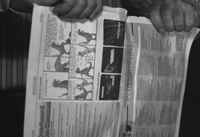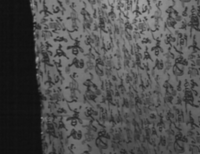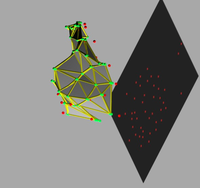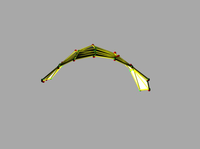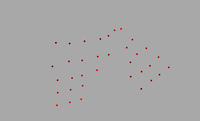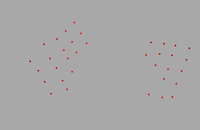| We introduce locally-rigid motion, a general framework for solving the
M-point, N-view structure-from-motion problem for unknown
bodies deforming under orthography. The key idea is to first solve many local
3-point, N-view rigid problems independently, providing a "soup"
of specific, plausibly rigid, 3D triangles. The main advantage here is that
the extraction of 3D triangles requires only very weak assumptions: (1)
deformations can be locally approximated by near-rigid motion of three points
(i.e., stretching not dominant) and (2) local motions involve some generic
rotation in depth. Triangles from this soup are then grouped into bodies, and
their depth flips and instantaneous relative depths are determined.
Results on several sequences, both our own and from related work,
suggest these conditions apply in diverse settings---including very
challenging ones (e.g., multiple deforming bodies). Our starting point is a
novel linear solution to 3-point structure from motion, a problem for which
no general algorithms currently exist. |
